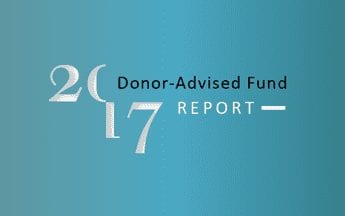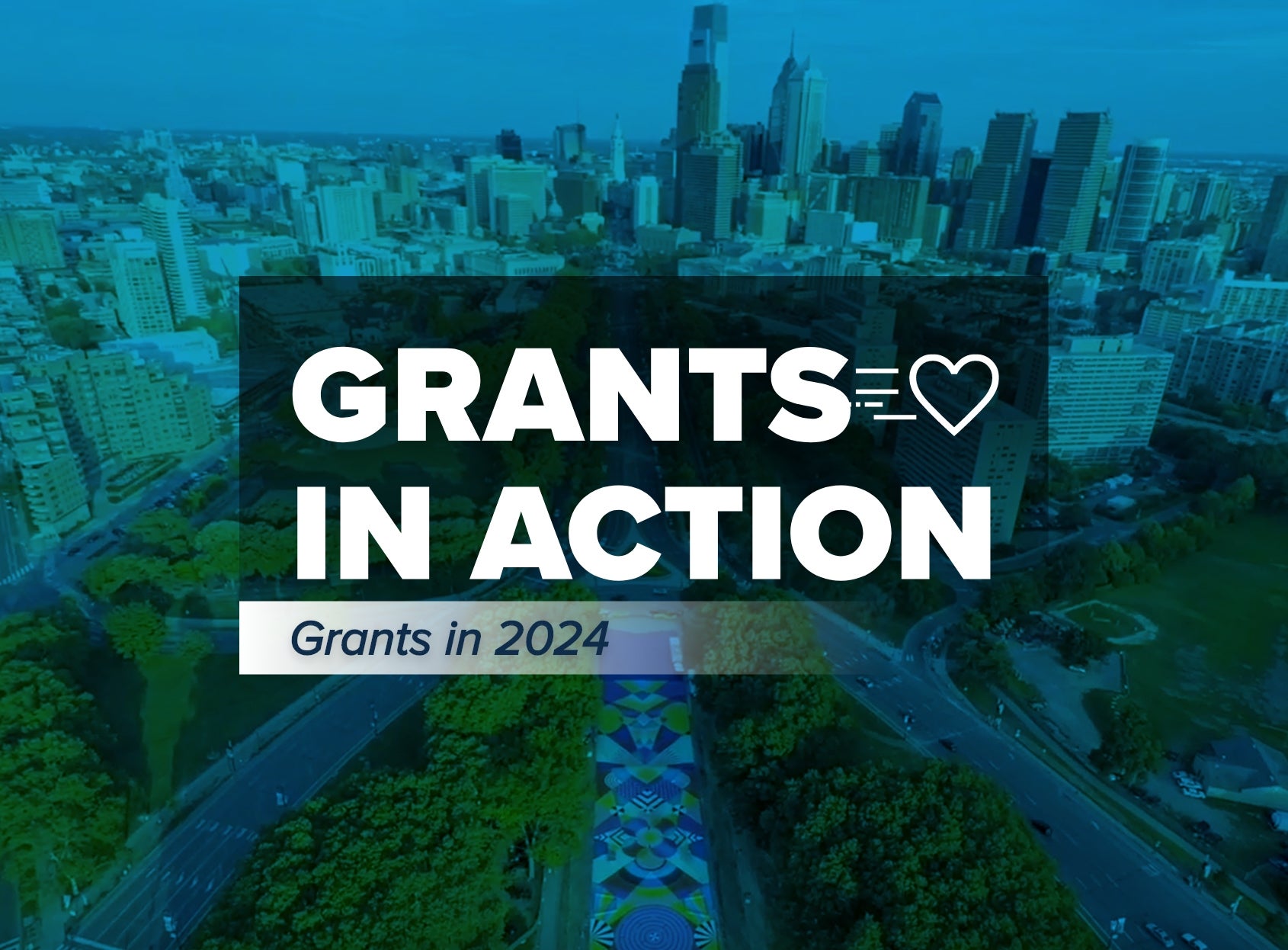NPT Releases 2017 Donor-Advised Fund Report

NPT is proud to release our 11th annual Donor-Advised Fund Report. This year's record numbers were reached at a slower, more sustainable rate of growth than in year's past. After several years of historic and dramatic growth, we are now “on the other side.” The numbers in this year's report show slower rates of growth that reflect the “new normal.”
Key Findings:
↑ Total charitable assets available for grant making in all DAF accounts reached $85.15 billion, a 9.7 percent increase compared to $77.63 billion in 2015, continuing a growth momentum since 2010
↑ Grants from DAFs to qualified charities totaled $15.75 billion in 2016, a 10.4 percent from $14.26 billion the previous year, furthering a double-digit annual payout rate of 20.3 percent
↑ Contributions to DAFs totaled $23.27 billion, a 7.6 percent increase from $21.62 billion in 2015
↑ DAF accounts totaled 284,965 in the U.S., a 6.9 percent increase from 2015
↑ Average size of DAF accounts reached a record $298,809, a 2.6 percent increase from 2015
What's New?
New in this year’s report, NPT is introducing geographic data related to DAFs assets, grants and sponsoring charities. Highlights include the state with the highest number of individual DAFs is Massachusetts (82,643), which also has the highest grant value ($3.10 billion) and contributions ($5.18 billion) by state. DAF charitable assets under management are highest in California ($18.89 billion). Almost half of DAF accounts are sponsored by charities in three states: California, Massachusetts, and Pennsylvania.
For the first time, the Donor-Advised Fund Report further analyzed sub-categories for the three different types of DAF charitable sponsors: National Charities (serving donors across the country, such as NPT), Community Foundations (region-specific), and Single-Issue Charities (faith or mission-specific): data for National Charities, was analyzed by the asset size at each DAF sponsor; Single-Issue Charities, subcategorized by the primary “issue” they focus on, found Religious Identity DAF sponsors have a significant majority of all Single-Issue Charity assets, make the most grants and receive the most contributions; and for Community Foundations, NPT looked at what types of communities they serve — from rural to major metropolitan populations.


